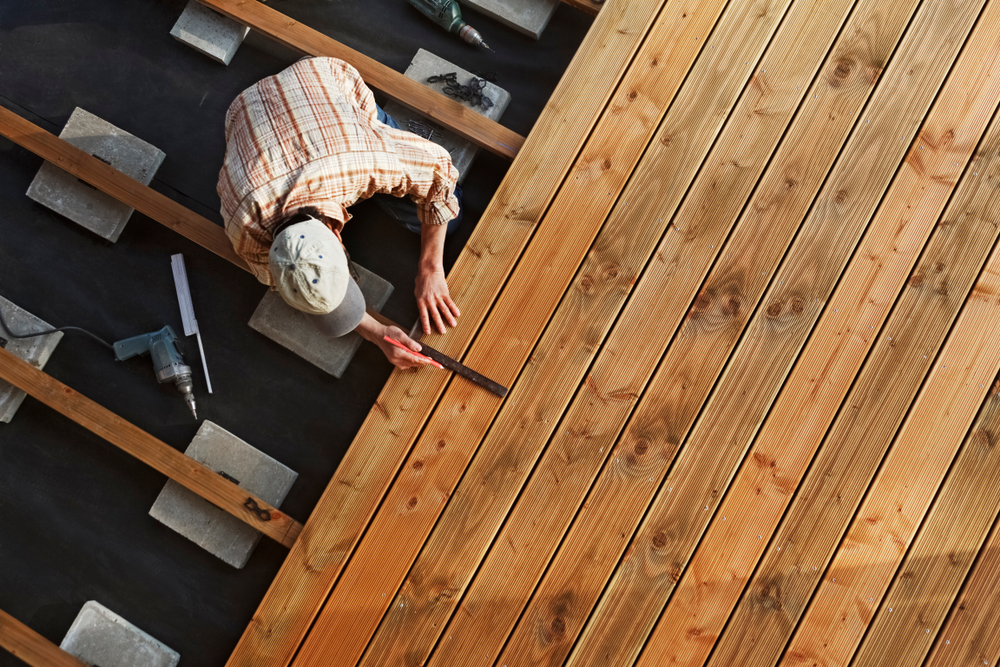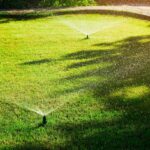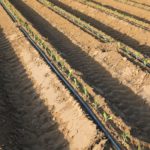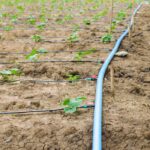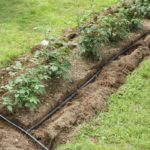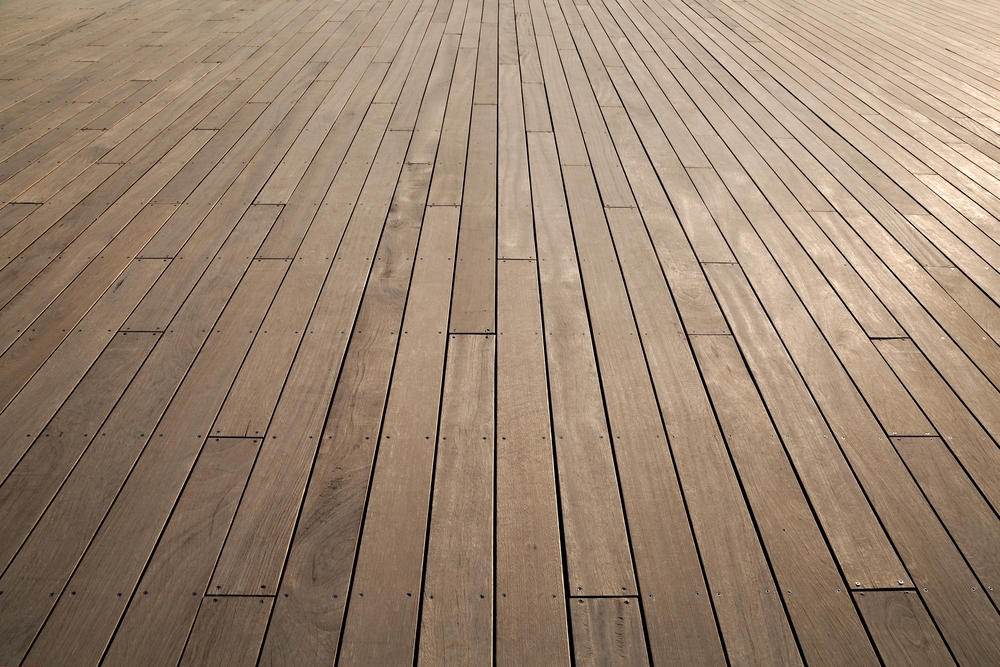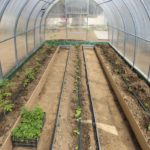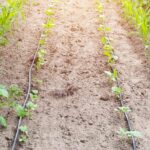Whether you’re a seasoned gardener who grows prize-winning roses or a novice just trying to make sure that the backyard flowerbeds look alright, you know that watering the plants can be quite a chore. A drip irrigation system, which consists of drip lines and emitters, allows you to water every part of your garden without the hassle, but how long should you actually run a drip line?
How long to run a drip line depends on the water holding capacity of the soil, the flow rate, and the soil texture. To test your system, place a container under an emitter and run the water for 30 minutes. Measure the result and multiply by 2 to get the amount of water provided in an hour of use.
Drip lines minimize evaporation and water run-off by supplying a slow and steady stream of water directly to the root zone. However, it’s important to prevent under-watering and overwatering to ensure the optimum health of your plants. Let’s look at how a drip line works, its benefits, and how long to run one.
What Is Drip Irrigation?
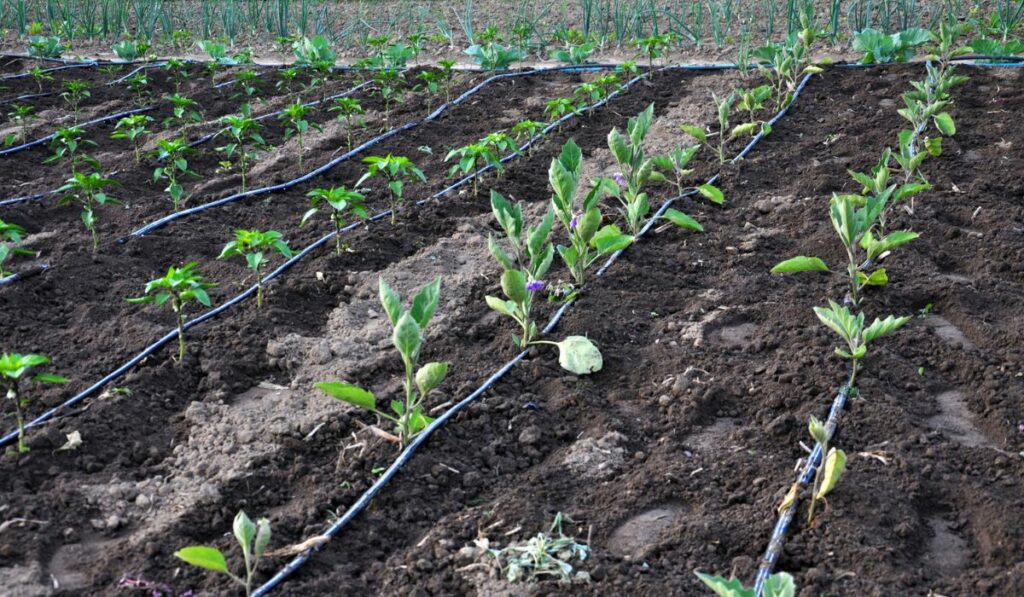
Drip irrigation is a low-volume, low-pressure watering system that saves water by providing water directly to the plant roots through a network of tubes, pipes, emitters, and valves. This method ensures that the roots of the plant are moist but not soaked.
The narrow tubes used in drip irrigation supply water directly to the plant base. This minimizes evaporation, which is one of the main reasons why drip irrigation systems (on Amazon) are becoming increasingly popular. The drip line is where the hoses and tubes are laid.
Most of the drip irrigation is carried out by drip tubes placed along the drip lines. Drip tubes are fitted with emitters (on Amazon) that allow water to drip out steadily without clogging. They are placed around and among plants to ensure proper watering.
How Long Should a Drip Line Run?
Drip systems apply very little water at a time. There are different types of drip emitters that put out as low as ½ a gallon and as much as 4 gallons of water every hour. Under-watering the plants can stress them, but overwatering will cause them to die, so you need to be careful.
Let’s say that you run a 1-gallon emitter (as an example) for 10 minutes. There are 128 ounces in a gallon, so if you divide 128 by 6 (60 minutes divided by the 10 minutes of run time) you’ll get the amount of water that you’re supplying to your plant.
This comes to only 21 ounces, as long as the drip emitters aren’t clogged. Although this amount of water may be enough for smaller perennials and annuals, it’s not going to be enough for bigger plants like shrubs and trees.
It’s crucial to find the correct length of time to run the drip irrigation for your garden. This will ensure that the water reaches deep into the soil where it doesn’t evaporate and provides enough moisture to the roots. As a result, the time between watering increases, which decreases water usage.
If you’re still not sure about how many gallons your drip emitters put out in an hour, the following are some easy ways to find out:
- Place a container under a drip emitter and allow water to run through the system for 30 minutes. Measure the water collected in the container and multiply it by 2. You’ll get the amount of water your drip system puts out in an hour.
- Take a bucket and fill it with 1 gallon of water. Put a mark on the water level. Pour this water into your garden. Now place your drip emitter in this marked bucket and run the system for an hour. Compare the water collected to the mark you made to find out the amount of water your system puts out in an hour.
What Are the Benefits of a Drip Line?
The various benefits of a drip line include efficient water and nutrient delivery, savings in water and fertilizer usage, and higher quality yields. Let’s look at these benefits in detail:
- Less water usage: With a drip line, water is supplied directly to the root zone, which eliminates water wastage. Also, there’s no evaporation or runoff, which is highly beneficial for the crops.
- Healthy foliage: Surface irrigation causes the plant leaves to stay wet for longer, which results in spotting and discoloring. Drip irrigation keeps the leaves dry.
- Prevents soil erosion: In drip irrigation, there’s very little soil erosion since the water is applied in a gentle and steady drip.
- Eliminates weeds: In drip irrigation, water is supplied only to the roots of the plant and not to the soil, so there’s less chance of weed growth.
- Saves energy: Drip irrigation is a low-pressure system that uses very little energy to operate. This means savings in cost and energy for the users.
- Optimal utilization of nutrients: In surface irrigation, large volumes of water run off to the surface of the soil, which depletes the nutrients in the soil. Drip irrigation reduces runoff, which ensures very little loss of nutrients.
- Prevents fungus: Fungus, like powdery mildew, spreads in plants due to wet leaves. Because the leaves don’t get wet in drip irrigation, there’s much less chance of fungus.
Is a Drip Line More Efficient Than Other Watering Methods?
Drip lines are more efficient compared to surface and sprinkler irrigation. Instead of spraying water over the soil, drip lines soak the roots directly. This ensures maximization of water used since there’s no wastage through over spraying, runoff, or evaporation.
Drip lines emit water slowly, which helps the roots absorb more water and nutrients over a longer period of time. This reduces the danger of overwatering, which can result in mold in plants and roots.
What to Know Before Installing a Drip Line
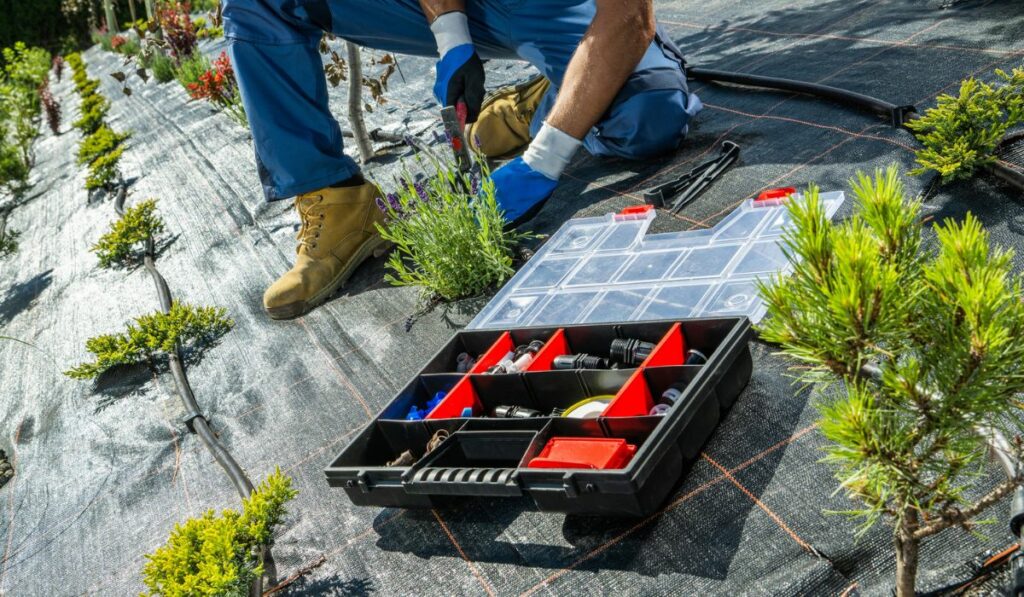
Drip irrigation provides water directly to the roots of plants and trees, which allows them to flourish. It’s suitable for most soils and is adaptable to any farmable slope.
However, before installing a drip system, it’s best to make a layout of your system. This will help you determine the length of tubing required and how the emitters should be spaced.
Typically, plants need almost 1.5 inches of water per week. However, this amount can change depending on the volume of rain your garden receives.
It’s also important to determine the amount of time it takes to supply one inch of water through the drip system. This typically depends on the flow rate of the drip tube and the width to which the roots have extended.
The water holding capacity and soil texture are other key factors that determine the rate at which water penetrates the soil. This will, in turn, affect the drip line run time per application.
Regular maintenance is also crucial, as emitters and drip tubes can become clogged, which can disrupt the watering cycle.

